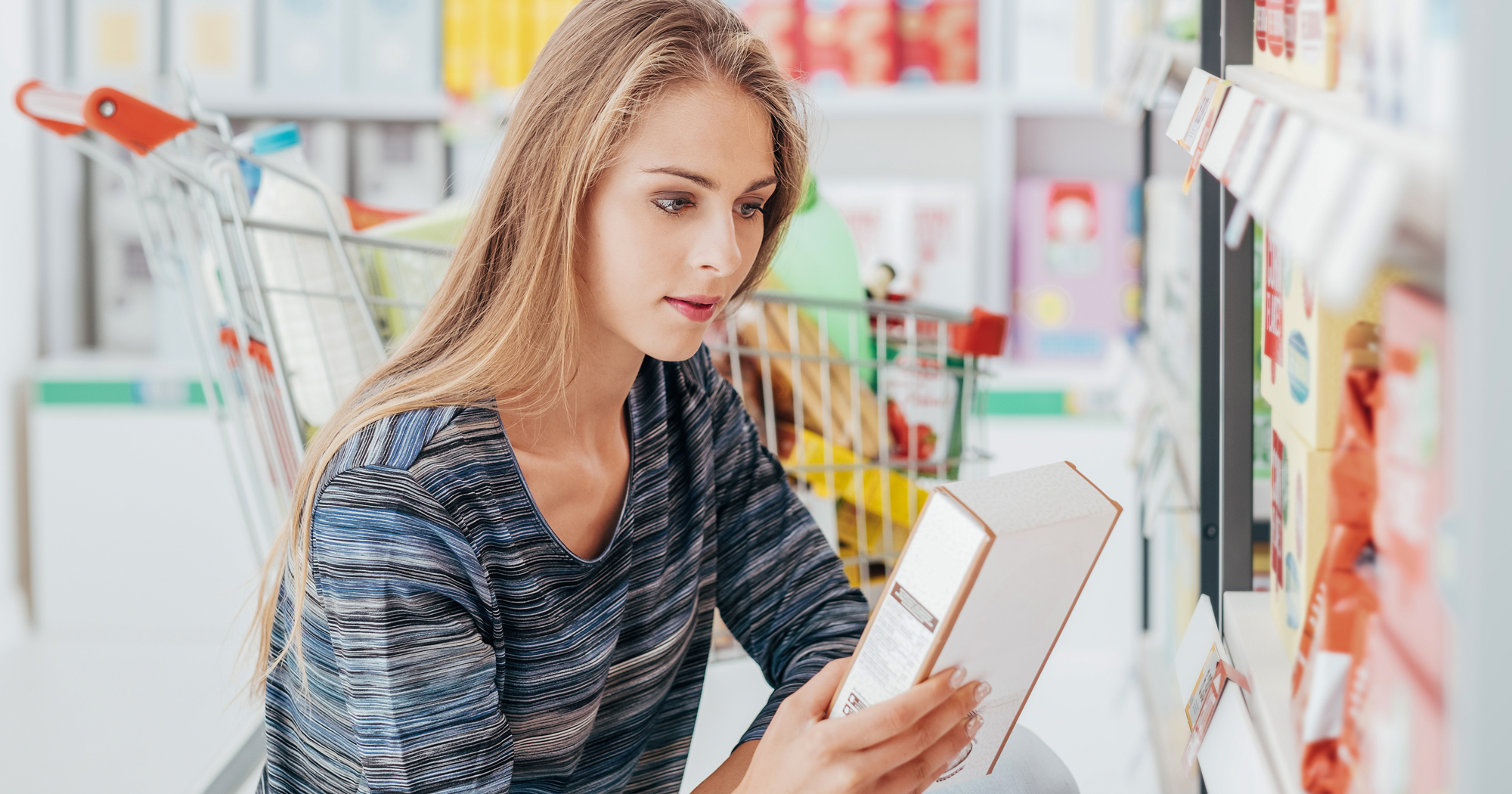Folding cartons are one of the most popular packaging choices for brands across nearly every industry. This packaging is an especially convenient choice for private labels because it’s cost-effective, durable, and customizable. While folding cartons might appear to be a simple packaging option compared to more complex or luxury materials, there’s more to them than meets the eye. To make the most of folding cartons, private labels need to navigate several key considerations to find not only the right packaging solution but also an ideal packaging partner.
Types of Paperboard
Folding cartons are generally made from paperboard, a lightweight material made from wood pulp fibers and recycled components like newspaper or old corrugated cardboard. There are several different types of paperboard available. Some paperboard grades are more premium than others, meaning the thickness, finishing, durability, and reusability of these materials differ. Private labels considering paperboard folding cartons should become familiar with common options to choose the right material for their product.
Folding Carton Styles
Aside from size, folding cartons might appear to be limited in variety. However, there are multiple folding styles. Folding carton styles also make a significant difference in packaging, since varying product heights and weights may impact what styles are best suited to protect your product. Additional features like resealable closures, easy-open tabs, or tear perforations may also be added to enhance the user experience. Before choosing a private label box packaging design, consider folding carton style and necessary functional design modifications.
Best Design Practices
Private label packaging design can make or break a product’s success. Today’s market is extremely saturated, so private labels need to think strategically about how to make best use of paperboard folding cartons as a canvas for graphic design and brand values. There are several mistakes to avoid in the design stage, such as attempting to cater to the masses instead of a specific target audience and overloading the design with too many buzzwords and product features. Packaging should also be redesigned roughly every five to six years to remain fresh with consumers.
Printing Methods
High-quality printing is a must for all brands across any industry. Though some packaging manufacturers may offer both digital and offset printing, other potential partners may only offer one of the two options. Digital and offset printing processes are very different, so private labels must understand which printing service is better suited to their needs.
Digital Printing vs. Offset Printing
Digital printing is a method where PDF or JPEG files are used to directly print images onto packaging materials, whereas offset printing involves using metal plates to transfer ink onto a rubber blanket which then presses the design onto materials. Digital printing is only beneficial for smaller quantities and simpler designs. Offset printing is better suited for private labels because it is used for larger runs and designs that feature many different colors or complex layouts.


